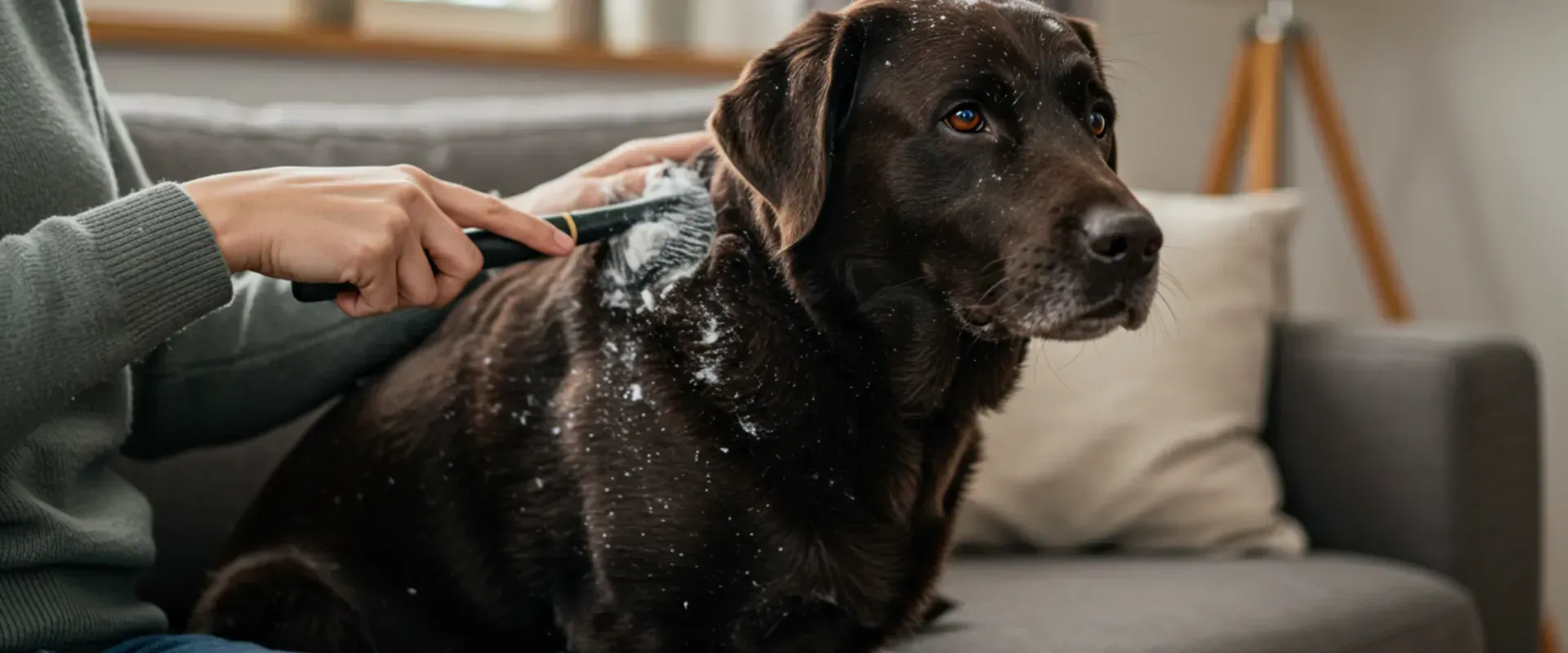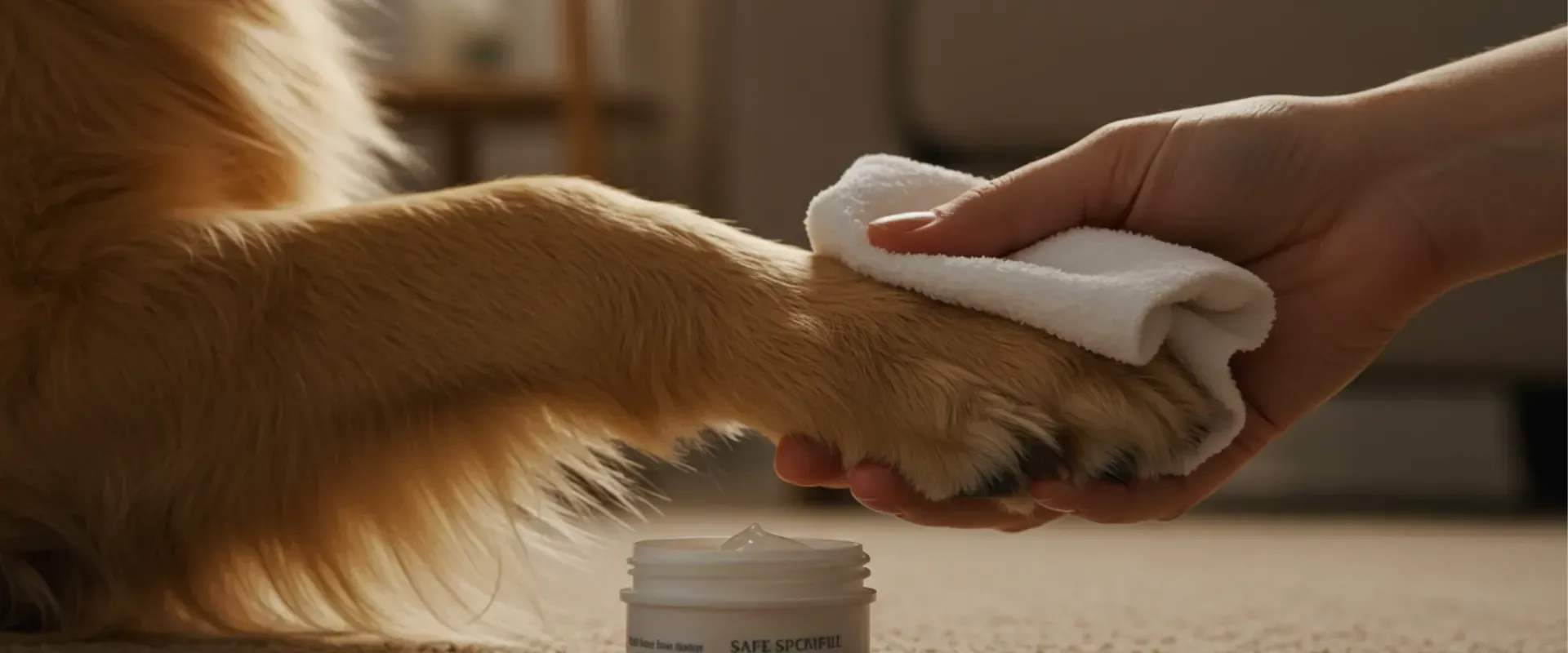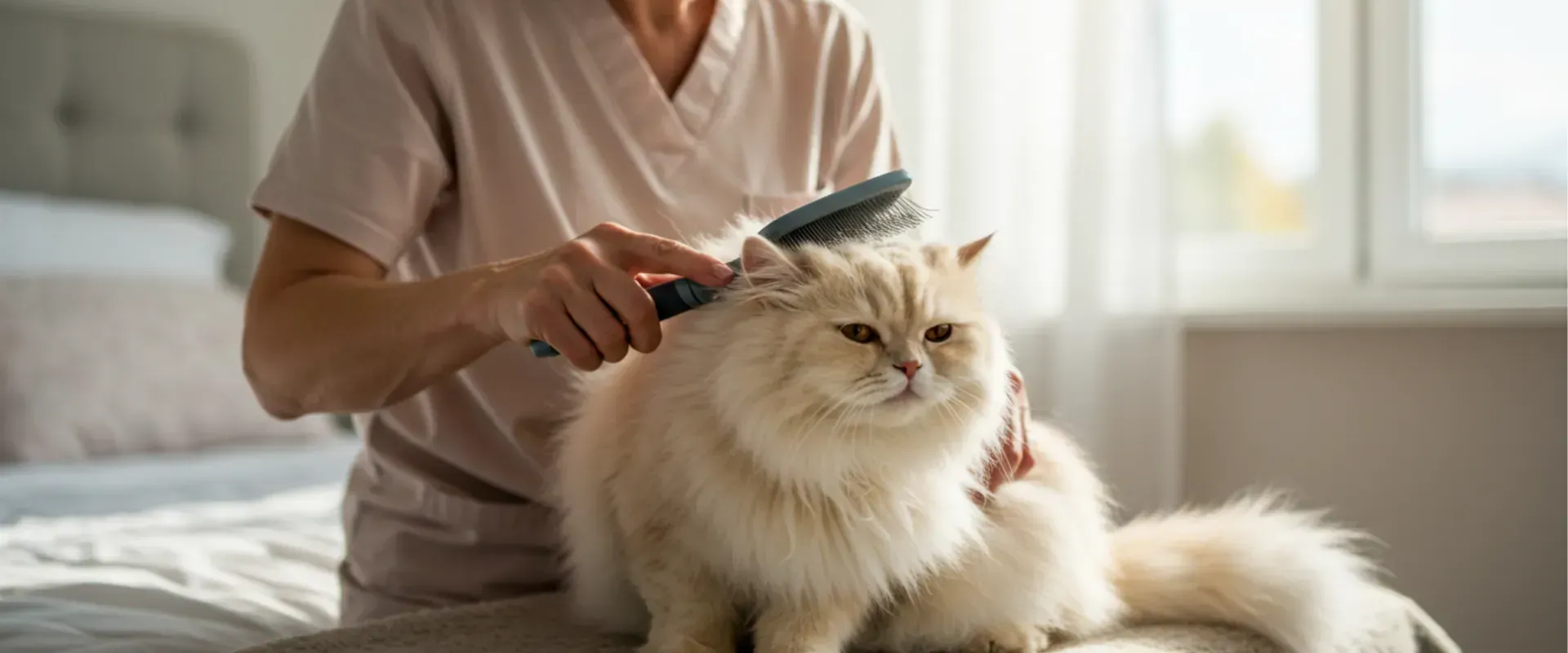How Do I Know If My Dog Has Fleas
If you've noticed your dog scratching more than usual or acting restless, you might wonder, “How do I know if my dog has fleas?” Fleas are one of the most common pests that can affect your furry friend, and they can cause discomfort for your pet if not addressed quickly.
This comprehensive guide will equip you with all the knowledge you need to recognize the subtle and not-so-subtle signs of dog fleas, understand common flea symptoms in dogs, and learn exactly how to check for fleas effectively. We’ll explain how professional groomers like can help in flea diagnosis and treatment services. By the end, you’ll understand how to keep your dog happy, healthy, and flea-free.
What Are Fleas, and Why Are They a Concern?
Fleas are tiny, dark-colored parasites that live off the blood of their host. They can jump long distances, moving from one host to another or even latching on from the environment. Once on your dog, they can breed quickly, causing itching, irritation, and, in severe cases, health problems like infections or anemia.
Understanding the
early signs of fleas and knowing how to check for them can save your dog from unnecessary discomfort and prevent a full-blown infestation in your home.

Signs of Fleas on Dogs
The first step in identifying fleas is knowing what signs to look out for. Here are some common flea symptoms in dogs:
Increased Scratching or Biting
Fleas often cause itchiness, so if you notice your dog scratching excessively, especially around the neck, belly, or tail base, fleas might be the culprit. They may also bite or chew their skin to alleviate the irritation.
Red or Inflamed Skin
The constant scratching and biting can lead to red, irritated skin. Look for hotspots, rashes, or small red bumps, especially in areas where fleas commonly bite.
Hair Loss
Fleas can cause hair loss in dogs in patches where they’ve been biting or scratching. If you notice your dog losing fur inexplicably, it might indicate a flea problem.
Black Specks or Flea Dirt
Little black specks resembling dirt or pepper could be flea feces. To test if it’s flea dirt, place some of the specks on a wet tissue. If it turns reddish-brown, it’s likely flea dirt, as fleas consume your dog’s blood.
Restlessness
Fleas can make your dog uncomfortable throughout the day and even disrupt their sleep. If your normally calm dog seems restless or agitated, it’s worth investigating further.
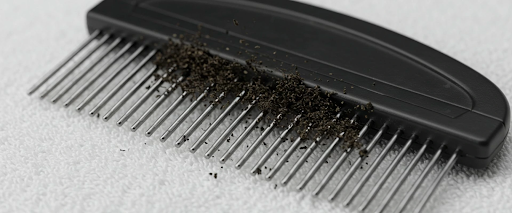
How to Check for Fleas
Once you’ve noticed the signs, your next step is to confirm whether fleas are present. Here’s a simple step-by-step on how to check for fleas:
Inspect Your Dog’s Fur
Part your dog’s fur using your fingers or a fine-toothed comb, especially around areas like the neck, base of the tail, belly, and behind the ears. These warm and hidden spots are where fleas tend to congregate. Look closely for small, fast-moving insects or black specks that could be flea dirt.
Use a flea comb.
A flea comb is a handy tool designed specifically for detecting fleas. Run the comb through your dog’s coat, paying extra attention to the areas mentioned above. If fleas are present, you may catch them in the comb’s fine teeth or notice flea dirt on the comb.
Check Bedding and Surroundings
Fleas don’t just stay on your dog; they can also live in your pet’s bedding, furniture, or carpets. Carefully inspect areas where your dog spends most of their time. Look for signs like live fleas, flea eggs, or flea dirt on your pet’s bedding or around their favorite spots.
Perform a White Towel Test.
Have your dog stand on a white towel or sheet and gently comb through their coat. Fleas or flea dirt might fall onto the towel, where they’ll be easier to spot against the light-colored background. Adding a bit of moisture to the towel can help you identify flea dirt, which may smear a reddish stain as it dissolves.
Monitor for Excessive Grooming
Observe your dog’s grooming behavior. If you notice them continually nibbling or chewing at their skin, fleas may be the cause. Sometimes, you might spot fleas directly as they try to evade your pet’s efforts to remove them.
By following these thorough steps, you can confirm the sign of dog fleas early and take appropriate action before the problem becomes an infestation. Remember, spotting fleas promptly can save your dog from significant discomfort and prevent fleas from spreading to other pets or areas of your home.

What to Do If Your Dog Has Fleas
If you confirm that your dog has fleas, don’t panic. Here’s what to do:
Administer a flea treatment immediately.
Start by applying a vet-approved flea treatment to your dog. This could be a topical solution, oral medication, or flea shampoo, depending on your dog’s age, weight, and health condition. Follow the product instructions carefully and consult your vet if you’re unsure which option is best. Acting quickly helps to eliminate existing fleas and prevent them from multiplying.
Thoroughly Clean Your Home
Fleas can spread quickly to your dog’s bedding, carpets, furniture, and other areas of your home. Wash all pet bedding and soft furnishings in hot water, and vacuum all rugs, carpets, and upholstery thoroughly. Dispose of the vacuum bag or contents immediately to avoid reinfestation.
Use Flea Preventative Measures
To keep fleas from returning, consider putting your dog on a flea prevention regimen. These are often monthly treatments that act as a barrier against fleas, ticks, and other parasites. Speak to your professional groomer to determine the best preventative option for your dog to ensure long-term protection.
Check and Treat Other Pets
If you have multiple pets, check them all for fleas, even if they haven’t shown signs yet. Fleas can jump between animals, so treating only one pet could leave the others vulnerable. Use appropriate flea treatments for each pet and take preventative measures across the board.
Schedule a Professional Grooming Appointment
If the flea problem persists or your dog experiences severe symptoms such as skin irritation or anemia, consult your
professional groomers. They may prescribe stronger treatments or provide additional recommendations for managing the infestation.
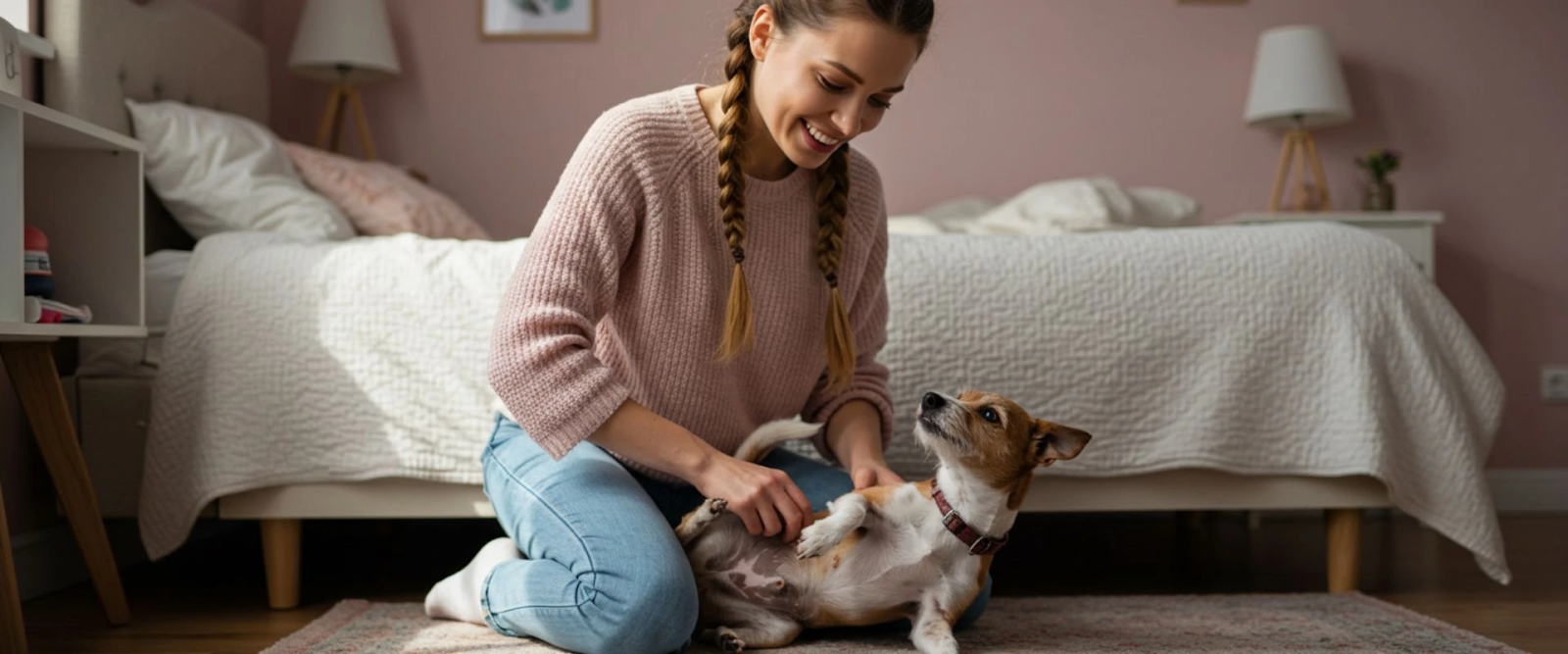
How to Prevent Fleas in the Future
Preventing fleas is always better than dealing with an infestation. Here are some tips:
Regular Checkups
Regularly check your dog for fleas, especially if they spend time outdoors or with other animals.
Maintain Flea Prevention Treatments
Use veterinarian-approved flea preventatives year-round to keep your dog protected.
Keep Your Home Clean
Wash your dog’s bedding weekly and vacuum your home frequently to reduce the risk of fleas settling in.
Keep Your Dog Comfortable and Flea-Free
Understanding the signs of dog fleas and how to check for fleas is essential for your pet’s well-being. By addressing the issue promptly and taking preventive measures, you can protect your pup from the discomfort and health risks fleas can bring.
Frequently Asked Questions
How do I know if my dog has fleas or just dry skin?
If your dog has fleas, you will likely notice black specks (flea dirt), red bumps, or even live fleas on their skin. Dry skin usually appears flaky and doesn’t typically cause black specks.
Can fleas cause health issues for my dog?
Yes. Severe infestations can lead to anemia, skin infections, or allergic reactions. It’s important to address flea problems promptly.
Can fleas spread to humans?
While fleas prefer animal hosts, they can bite humans and cause itching or irritation.







